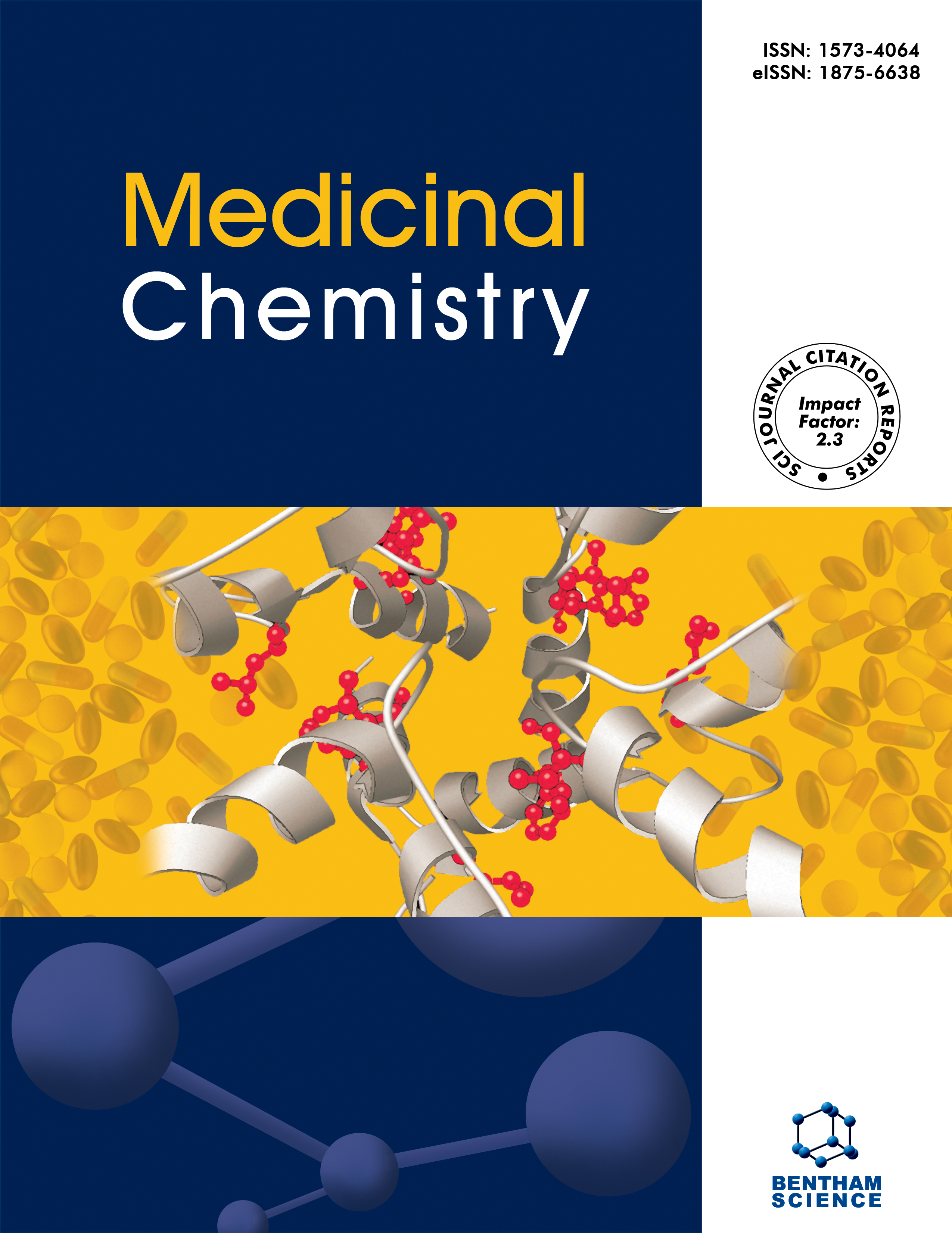
Full text loading...

Indazole-based compounds have recently developed and physiologically evaluated as diverse agents for antibacterial, anticancer, anti-inflammatory, anti-obesity, and neurological therapies. This review highlights these advancements. Through molecular docking and experimental tests, scientists have created distinct indazole analogs that exhibit significant inhibitory effects on various biological targets, including 1,2,3-triazolyl-indazoles, carbothioamides, and carboxamides. Key compounds have demonstrated strong bactericidal and antifungal properties against microbes such as S. epidermidis, P. aeruginosa, E. coli, and C. albicans; their effectiveness was enhanced by halogenated and electron-withdrawing substituents. In models including positive HER2 breast cancer and hepatocellular tumors, indazole derivatives have shown efficacy against targets such as CDK2, EGFR, c-Met, HSP90, and VEGFR2 in oncology, resulting in successful anticancer responses. The pharmacokinetics, solubility, and specificity of these compounds have been further improved through structural alterations, such as piperazine ring modifications and C-terminal changes.
Additionally, the LRRK2 antagonist MLi-2 demonstrated remarkable efficacy in treating neurodegenerative diseases, while indazole-5-carboxamides exhibited a strong affinity for monoamine oxidases, potentially offering new therapeutic options for Parkinson's disease. Inhibition of COX-2 and FGFR resulted in anti-inflammatory effects, with minimal off-target damage observed in vivo. Collectively, our findings underscore the therapeutic versatility of indazole frameworks across various disease pathways, suggesting their potential for developing innovative treatments for cancer, infections, metabolic disorders, and neurological conditions.

Article metrics loading...

Full text loading...
References


Data & Media loading...